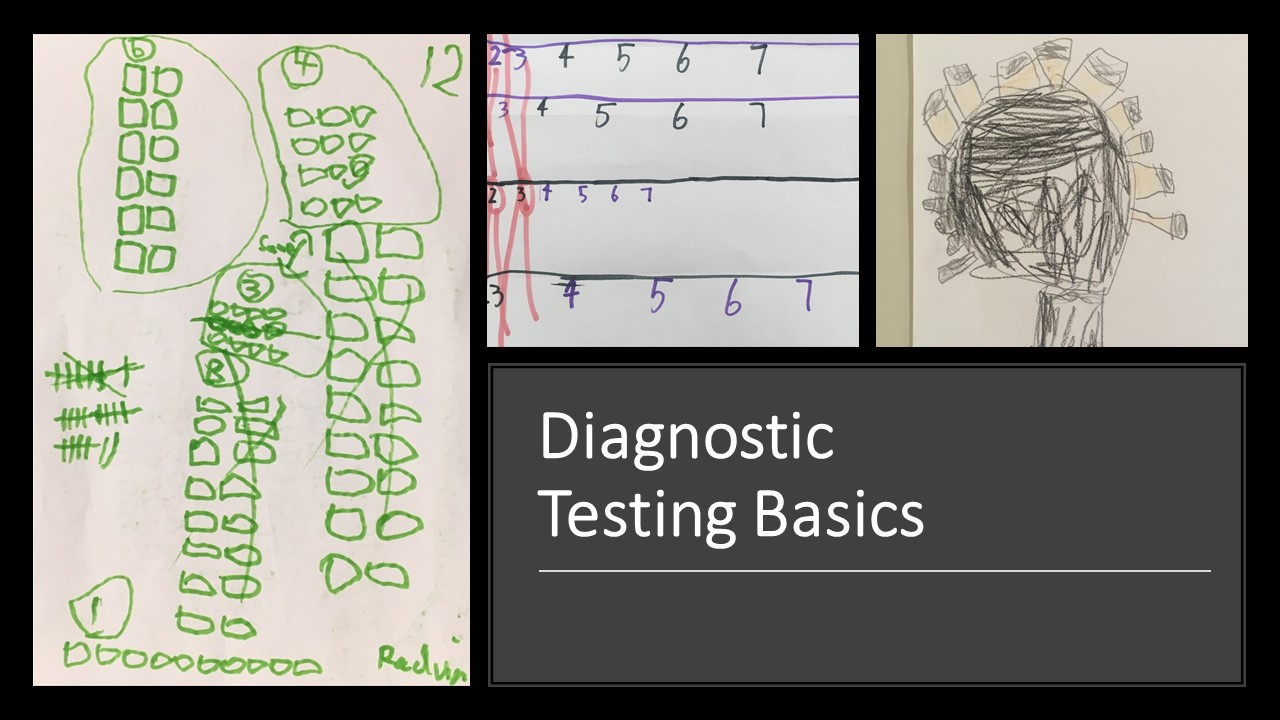
Formative assessment, developmental stages and starting the year well
The goal of formative assessment should always be to find out what each student NEEDS next, rather than focusing

Extension can be a tricky issue to deal with. While we can try to have extension questions for most in-class tasks, at some point we may find this hard or need something with a bit more depth. That’s where creating an extension box or ongoing project really comes to the fore.
An extension box contains an ongoing task for 2-3 students to work on once they have completed their other work. Each task should be written in the form of a student brief, with a simple description of what is required along with the key steps and/or requirements.
Here are a few simple examples from the Back-to-Front Maths website. You can find plenty more in the “additional tasks” section for F-6 included every fifth week as well as the “modelling” sections.
Meal planning:
For a budget of $50, you need to plan a meal for 10 people. You need to hand in a shopping list, and working to show the total cost for the meal. You will be provided with a recipe book and a catalogue from a local grocery store.
Let’s think about that task for a moment…
Designing a playground… in teddy bear scale:
Kids in junior primary really enjoy playing with toys. We are going to design a teddy bear playground, then make some play equipment for lunch time play in the library. Your task is to design a playground that will fit in the area of your school library that your teacher indicates. You must include a map of your playground including the mapping conventions. You also need plans for playground equipment, including details about the dimensions and angles. Once your design is approved, the equipment can be constructed.
Creating a lego replica of your classroom:
School planners and architects need to create models of rooms so that they can design spaces that work well. Your job is to use lego or similar blocks to create a model of your classroom, including where the furniture is and where the door is.
Whatever you do, remember that extension should be fun, challenging and should make kids think hard. Solving a new problem, adapting to a new situation, trying to find a pattern and modelling a real-life situation are a lot more engaging than answering routine questions.
And that’s true for all students, not just those at the top-end.

The goal of formative assessment should always be to find out what each student NEEDS next, rather than focusing
Recently I’ve been pondering findings from a major report into Australian schooling that kids who are struggling in maths by
Setting the scene for risk-taking One of the most difficult problems to overcome when establishing a problem-based classroom is encouraging
by Tierney Kennedy Why is it that so much of education research goes seemingly unnoticed or ignored by teachers (Joram
As term 4 is upon us many teachers are struggling with how to get everything done. Realistically, now is the
You may have noticed that kids have a few issues with fractions… but it can be tricky to understand what

KENNEDY PRESS PTY LTD
FOR ALL ENQUIRIES, ORDERS AND TO ARRANGE PD:
© COPYRIGHT 2024 KENNEDY PRESS PTY LTD ALL RIGHTS RESERVED TERMS & CONDITIONS